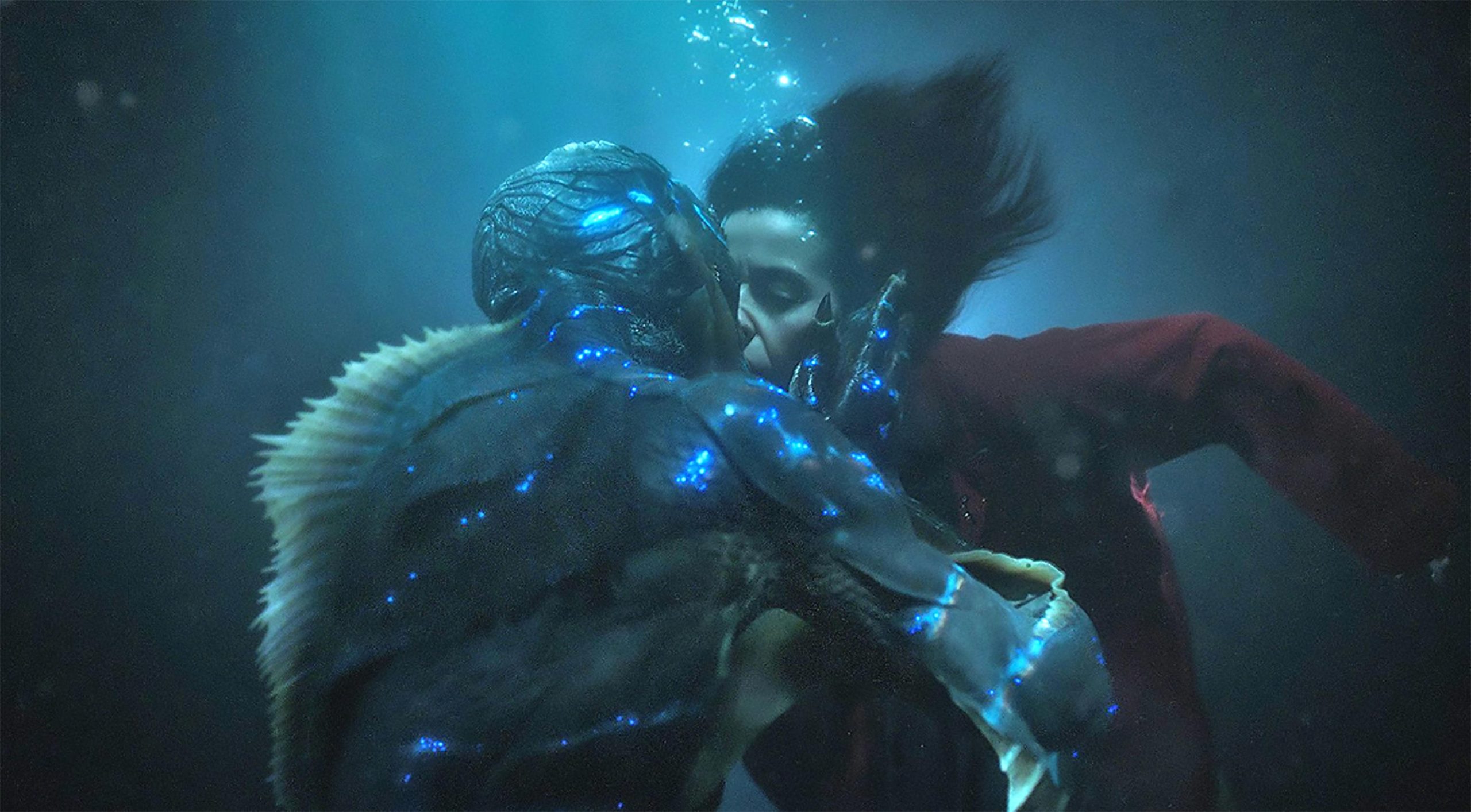Table of Contents Show
What makes a romance movie good? Some would say a romance movie needs a grand gesture, love, and a happy ending. But how do the standards for a good romance movie change when one of the love interests is a monster? The answer: the standards don’t actually change that much.
A grand gesture, love, and the occasional happy ending are still staples of monster romances. Ultimately, it is not so much what is missing from the standard romance movie formula that makes monster romance movies different. Instead, it is what needs to be added to a monster romance movie to make it a good love story that makes it different.

This article will examine two different monster romance movies that exemplify two different categories of monster romance. (I will note that I mean “monster” in the basic, conventional sense—i.e., a creature that doesn’t look completely human.) For the first category, I will examine Howl’s Moving Castle (2004), (( Miyazaki, Hayao. Howl’s Moving Castle. 20 November 2004. Studio Ghibli. Film. )) as this movie is an example of a monster romance where the monster’s love interest helps the monster find their own humanity.
For the second category, I will look at The Shape of Water (2017) (( Del Toro, Guillermo. The Shape of Water. 01 December 2017. Fox Searchlight Pictures. Film. )) because this movie is an example of a monster romance where the love interest helps the movie viewers and other characters in the movie see the monster’s humanity that is already there. These categories of monster romances share many similarities. One of the biggest similarities is that in both movies, the monster’s humanity must be proven and convincing.
Howl’s Moving Castle
Howl’s Moving Castle is a classic, and Howl’s and Sophie’s love story is nothing if not an interesting monster romance. In this type of monster romance, the monster’s humanity is pretty clear to everyone except to the monster themself as they fight to hold on to their humanity. In this particular movie, wizards use their magic to exacerbate the war taking place by transforming themselves into flying creatures with no memory of their humanity. Howl does his best to avoid this transformation, but about halfway through the movie, Suliman, Howl’s magic teacher, attempts to change him into a monster as well.
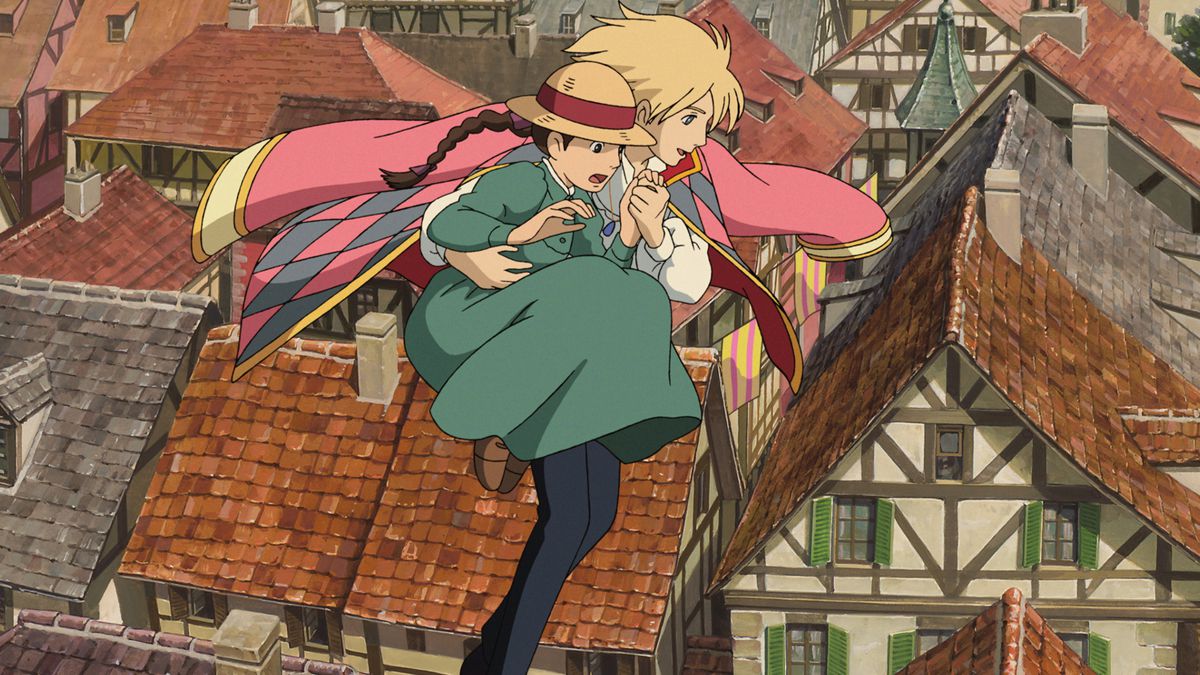
Luckily for Howl, Sophie helps him to remember his humanity, which saves both of their lives. Arguably, Sophie’s ability to save Howl is due to the connection the two of them share as well as Sophie’s love for him. However, the attempted change does leave some lasting effects on Howl, as he appears as a large, winged monster for some of the movie. Despite his scary appearance, Sophie doesn’t run away. Her understanding of his humanity and her love for him is so clear that his mere looks are not enough to deter her.
Helping The Monster Find Their Humanity
It is worth noting that this movie doesn’t start as a monster romance. While it’s true that Howl is rumored to be a heart-eating, superficial person, his monstrous form is not physically revealed until much later in the movie. Howl’s transformation can be seen as both a commentary on the brutal nature of war and as a testament to Sophie’s refusal to judge people based on appearances, as seen in her dedication to Howl.
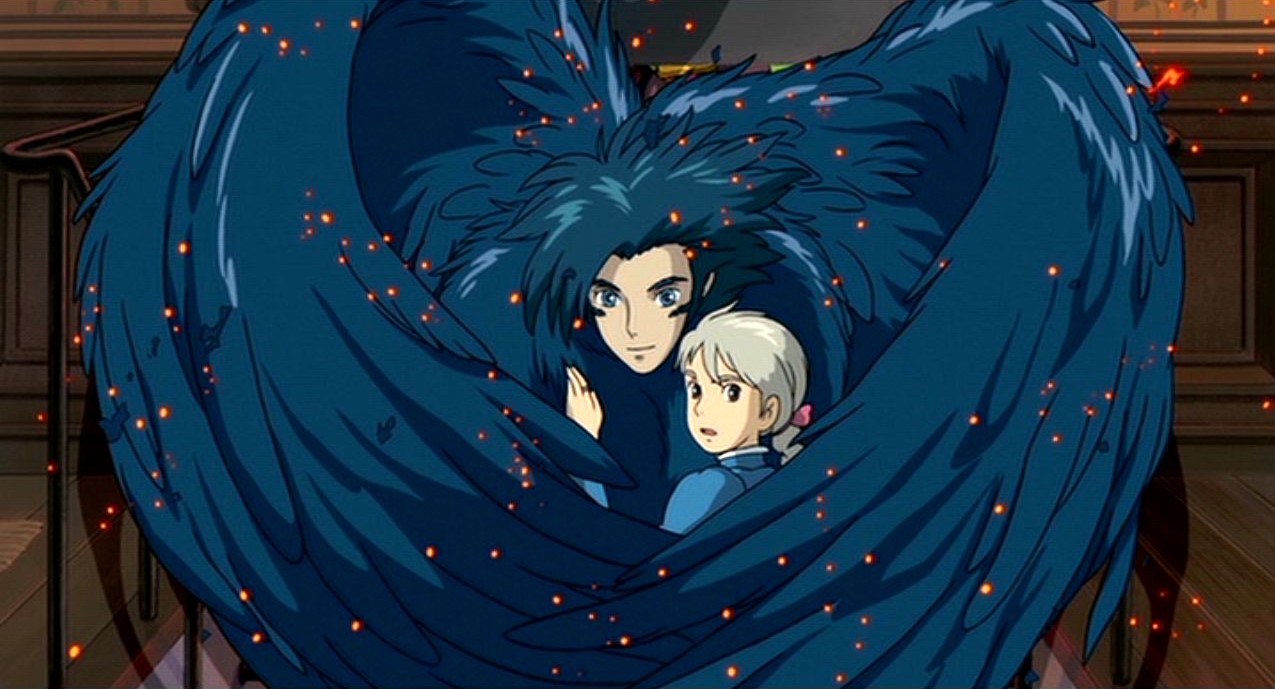
Additionally, it is Sophie’s non-superficial love for Howl that helps Howl fall in love with her. She makes him feel human, and she keeps him grounded in his humanity despite the temptation to give in to the monster within. If you’re looking for more monster romances that fit this category, Beauty and the Beast adaptations will fit the bill. The basic formula for this kind of monster romance movie is as follows: the monster starts their lives as a human, they become a monster, they fall in love, and their love interest helps them reconnect with their humanity (even if the monster doesn’t look like a human again at the end).
The Shape Of Water
Unlike in Howl’s Moving Castle, the monster’s humanity is not as obvious in this type of monster romance. The lack of obvious humanity is usually due to the monster’s non-human appearance, animalistic mannerisms and behaviors, and more. From the beginning of The Shape of Water, Elisa sees something human and attractive in the Amphibian Man that others do not.
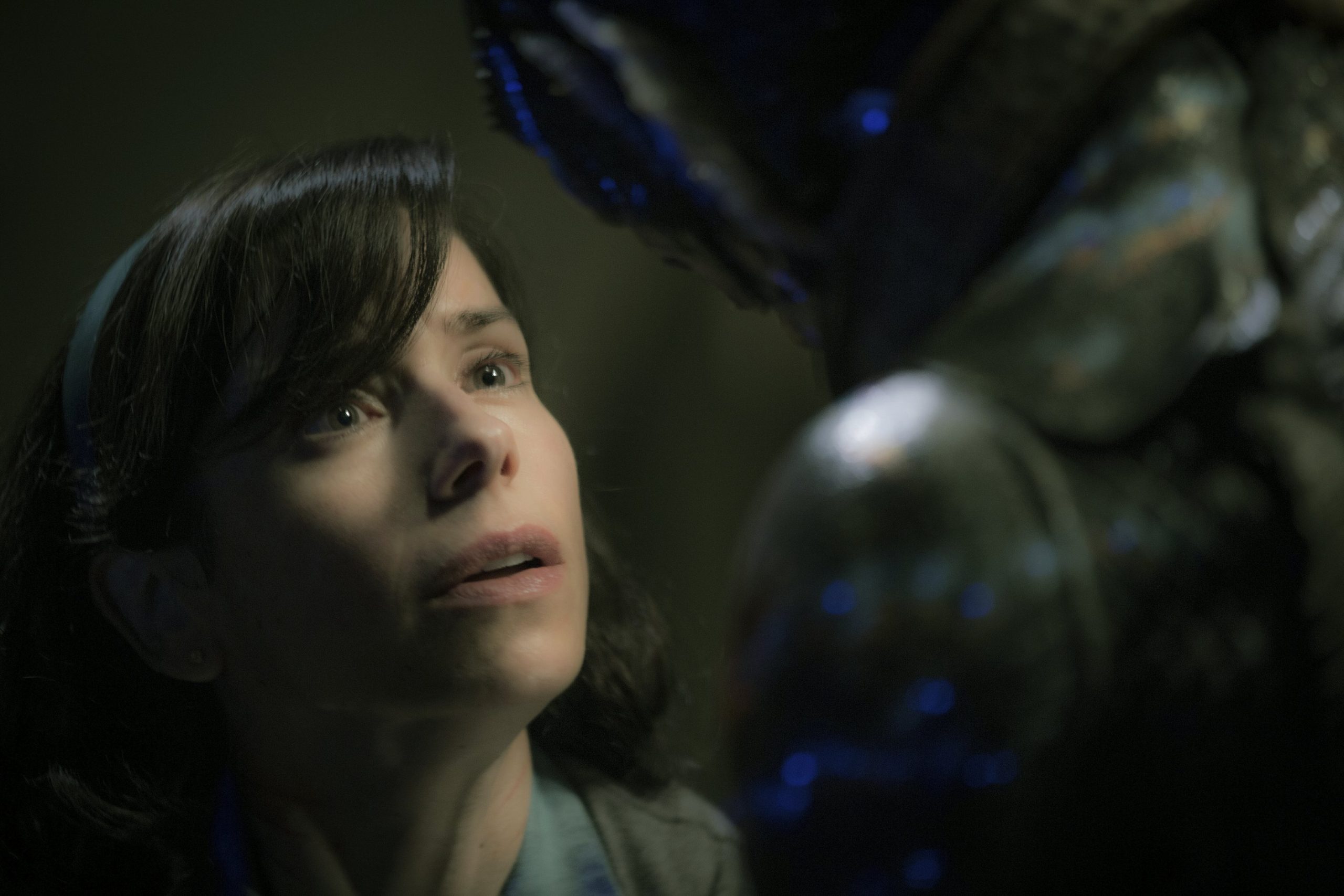
He is not merely a wild animal to Elisa like he is to the other characters, most of whom want to dissect and study the monster in the lab they have brought him to. As Elisa’s and the Amphibian Man’s love story unfolds, the Amphibian Man becomes more human to other characters in the film and the audience.
The monster’s more visible humanity is because of Elisa. The character Elisa has to work harder than other leading ladies in conventional romance movies. Elisa has to prove the creature’s humanity and worthiness of love to the other characters in the movie and the audience. If Elisa cannot convince the audience, it’s not a very good romance movie. However, for the reasons I will discuss below, Elisa does a good job of helping viewers see the Amphibian Man’s humanity.
Proving The Monster’s Humanity
It is evident throughout the movie that Elisa and the creature feel connected because of their shared humanity. Elisa even helps the Amphibian Man learn how to communicate via human means like food, art, and sign language, which only furthers their bond. Proof of the creature’s humanity is also furthered by Elisa’s “dream sequences,” where she imagines herself engaging with the monster in typical romance movie scenes. For example, the creature and her dance together in beautiful costumes. But even in this “dream sequence,” the creature never looks less like a monster; he always looks like himself.
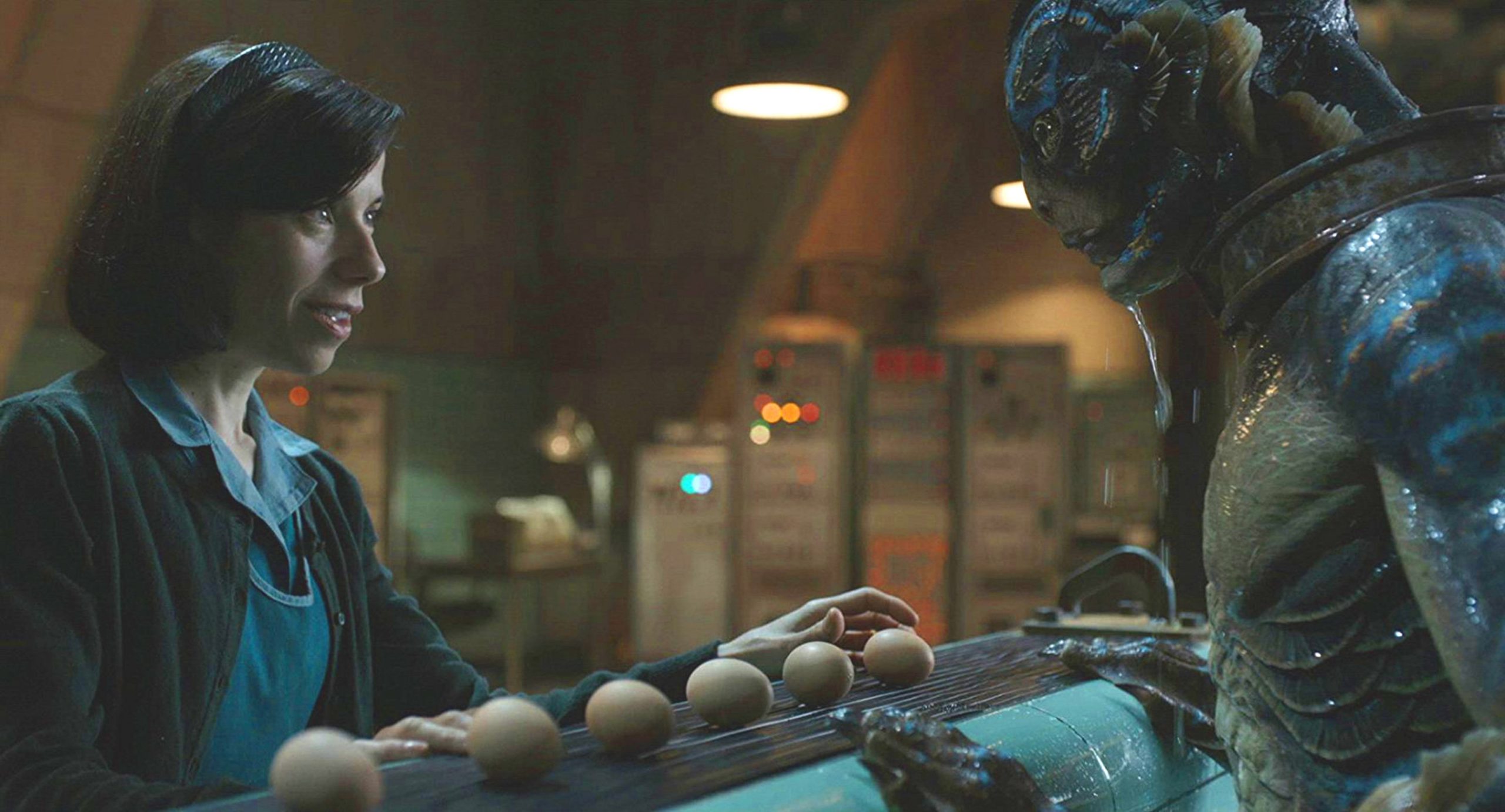
There is no grand transformation where the monster turns into a human. Instead, Elisa grows gills at the end of the movie and joins the creature in the ocean, where they supposedly spend the rest of their lives together. This absence of the monster’s transformation is crucial to this movie because it demonstrates how real Elisa’s love for the Amphibian Man is.
What Monster Romances Can Teach Us
Both of these movies argue that humanity is not skin-deep. The range of human emotions, like empathy and compassion, and the ways in which we communicate, like through music or words or signing, are what make humans human — not appearances. One of the elements that make some monster romance movies more compelling than typical romance movies is that love is seldom skin-deep. Instead, the lovers fall in love with each other because of their shared humanity and their ability to always see the human in the other person despite their physical form. The addition of “proved humanity” adds a depth to the romance that mainstream romance movies often lack.
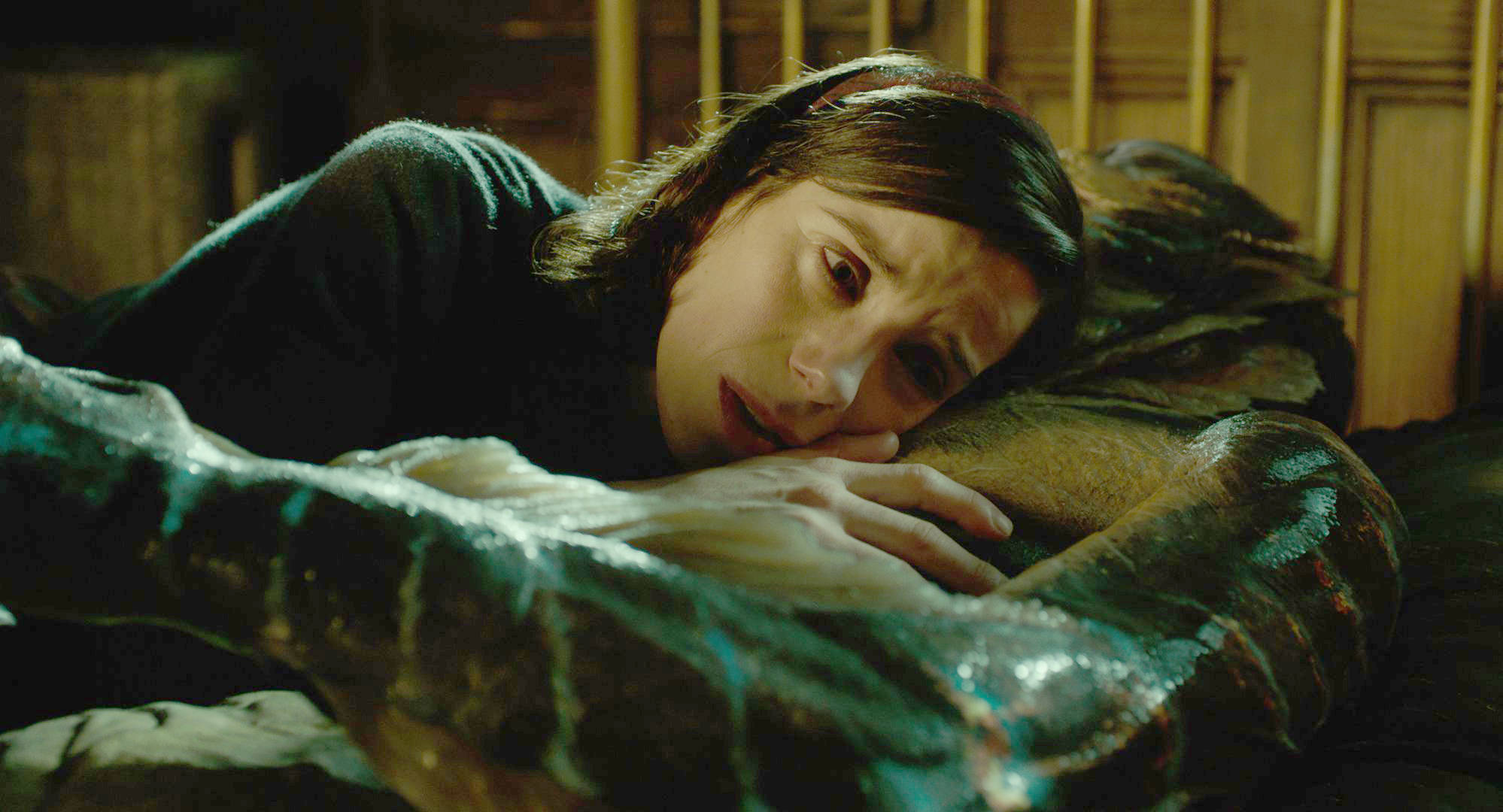
Not only do Howl’s Moving Castle and The Shape of Water offer a new outlook on what love looks like, but they offer commentary on what it means to be human. Perhaps the way typical romance movies and even we, the viewers, see both romance and humanity is outdated. Maybe the concept of humanity is not as superficial as we may think.
